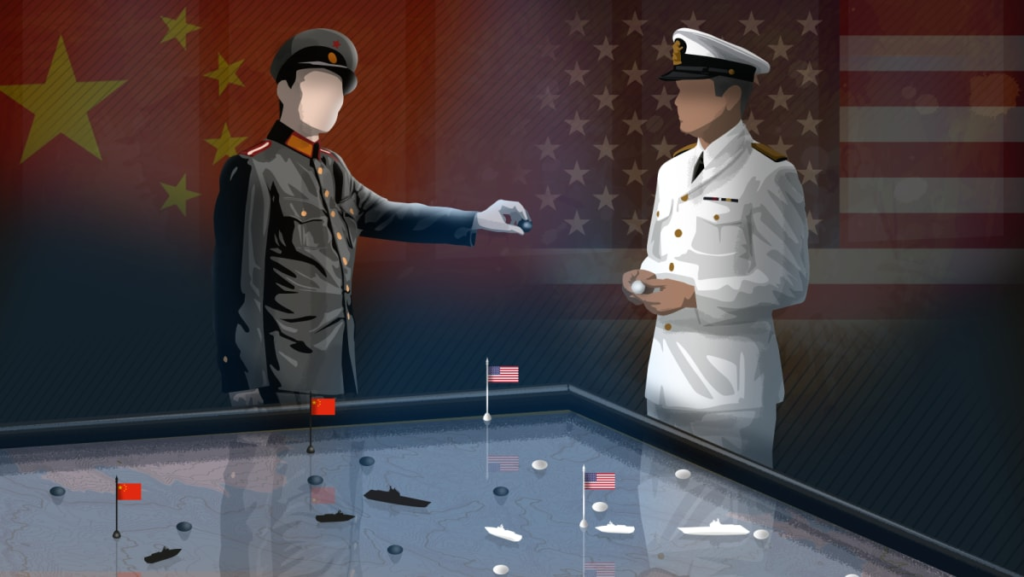China is significantly enhancing its maritime operations in the Pacific, currently positioned third in the region, following the United States and Australia, according to Anne-Marie Brady, an expert in Chinese, Pacific, and polar politics at the University of Canterbury in New Zealand.
In the past year, 26 vessels from the China Coast Guard (CCG) have been registered to operate under the authority of the Western and Central Pacific Fisheries Commission. Experts have noted that these vessels are often used in grey-zone tactics in disputed waters.
This deployment allows CCG ships to legally board foreign fishing boats operating on the high seas in a vast area that spans nearly 20 percent of the Earth’s surface. Importantly, this zone includes all three island chains.
CCG vessels have been actively used to reinforce Beijing’s maritime claims in disputed regions of the South China Sea, particularly near territories controlled by the Philippines. These encounters have led to heightened tensions, with Manila accusing CCG boats of obstructing resupply operations and employing water cannons against Filipino vessels.
STRUGGLE FOR STRATEGIC CONTROL
The maneuvers of both the US and China in the Second Island Chain and the broader Pacific region are rooted in a struggle for strategic dominance, according to analysts.
China’s activities in the Second Island Chain are intentional and multi-dimensional, focusing on protecting what it identifies as vital national interests, stated Ridzwan from Janes.
“China relies on maritime routes for 80 percent of its energy imports. The land connections it has with Russia and Pakistan do not suffice to meet its energy demands,” he noted.
“The US can easily disrupt China’s maritime communication lines that extend beyond the First Island Chain. This is why there is a strong focus on the Second Island Chain – ensuring that its maritime routes remain unobstructed.”
According to Davis from ASPI, China is not only focused on safeguarding its communication channels; it also aims to create offensive options.
“This is about establishing a future capacity to sever critical maritime routes between Australia and the United States, as well as those leading south of Australia through the Coral Sea to Japan,” he told CNA.
In this context, the US has intensified its activities in Micronesia to maintain control over crucial maritime routes and counter China’s expanding influence in the Pacific. Davis described the situation as a “game of geostrategic wei qi,” referring to the Chinese name for the board game Go.
In Go, players often spread stones across the board to build leverage and flexibility, rather than concentrating their efforts in one area. Davis mentioned that this analogy reflects the US approach of distributing forces across the Second Island Chain to minimize vulnerability and enhance operational resilience against targeted attacks.
Moreover, the increasing focus on defense lines in the western Pacific by the US is prompted by growing concerns over China’s advanced anti-access and area denial (A2/AD) strategies, he stated.
A2/AD is a military approach designed to prevent adversaries from freely entering or operating in specific regions. This strategy includes long-range missiles, air defenses, naval forces, and also cyber warfare tactics.
The expanding wartime capabilities of China are making it more difficult for the US and its allies to operate efficiently or hold ground within the First Island Chain — China’s immediate maritime defense zone — in the event of conflict, Davis indicated.
“China is extending its counter-intervention capabilities further from its shores and improving its A2/AD systems, resulting in higher costs for the US to operate close to its near seas,” he remarked.
“Therefore, the US aims to leverage the Second Island Chain, particularly Guam, to project its power and restrict China’s ability to extend its influence beyond the island chain into the open seas.”

